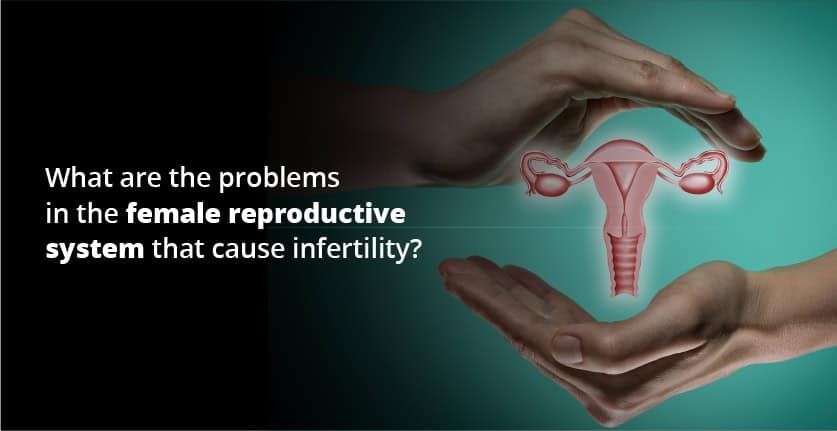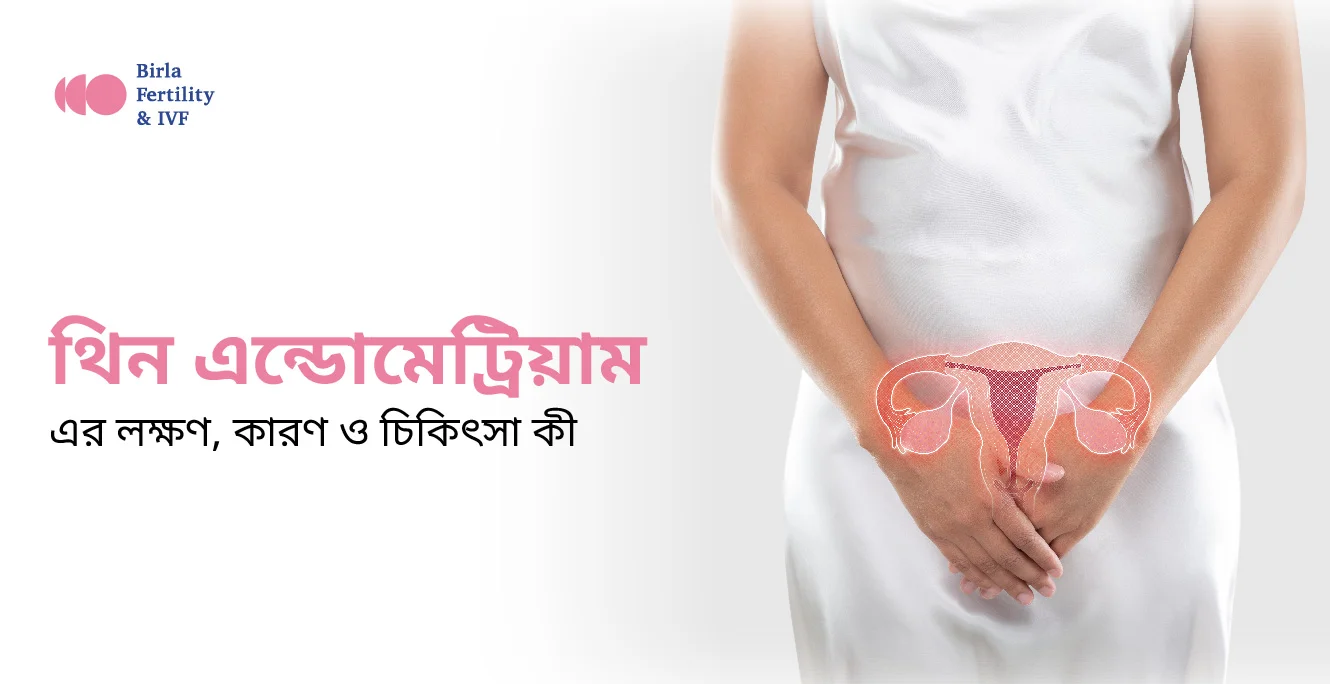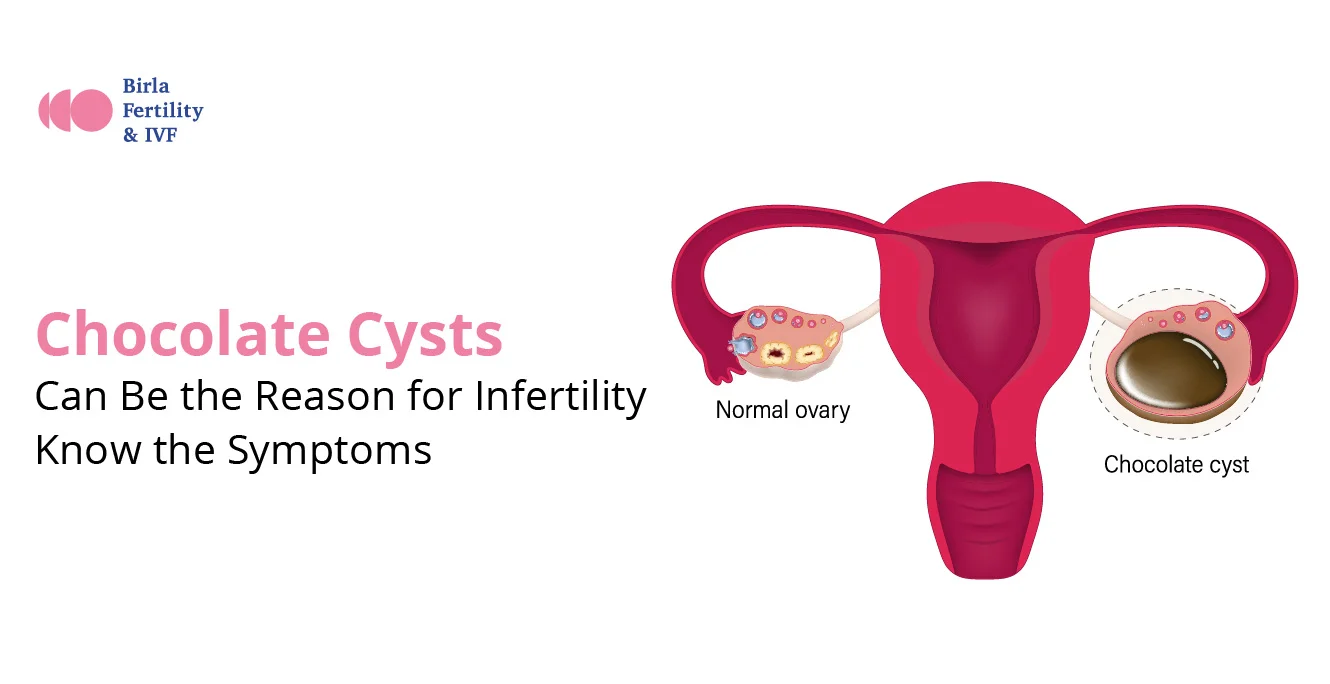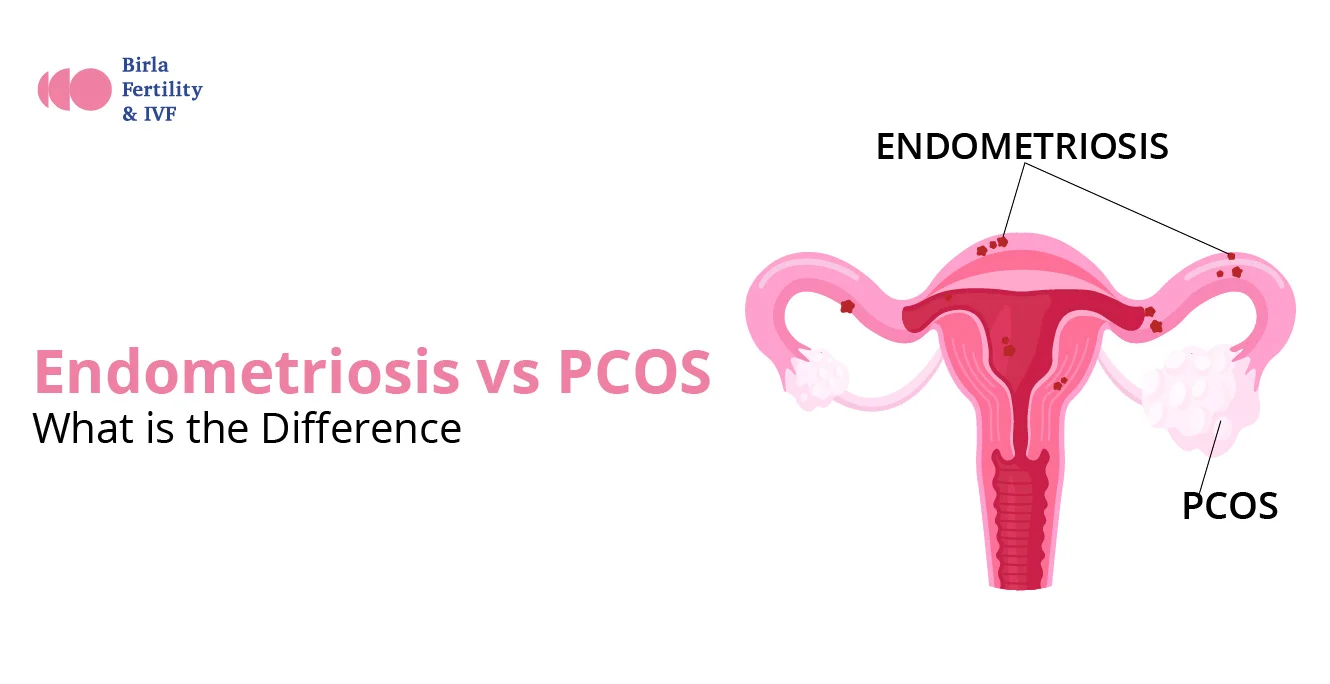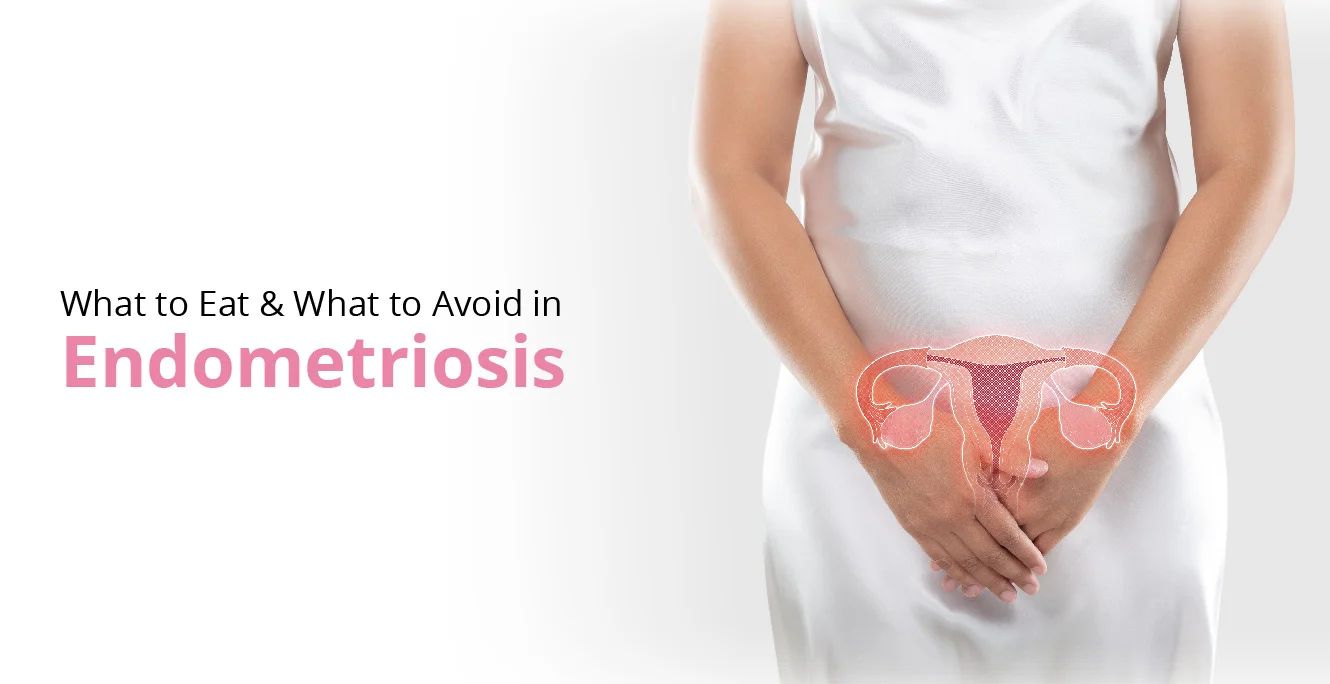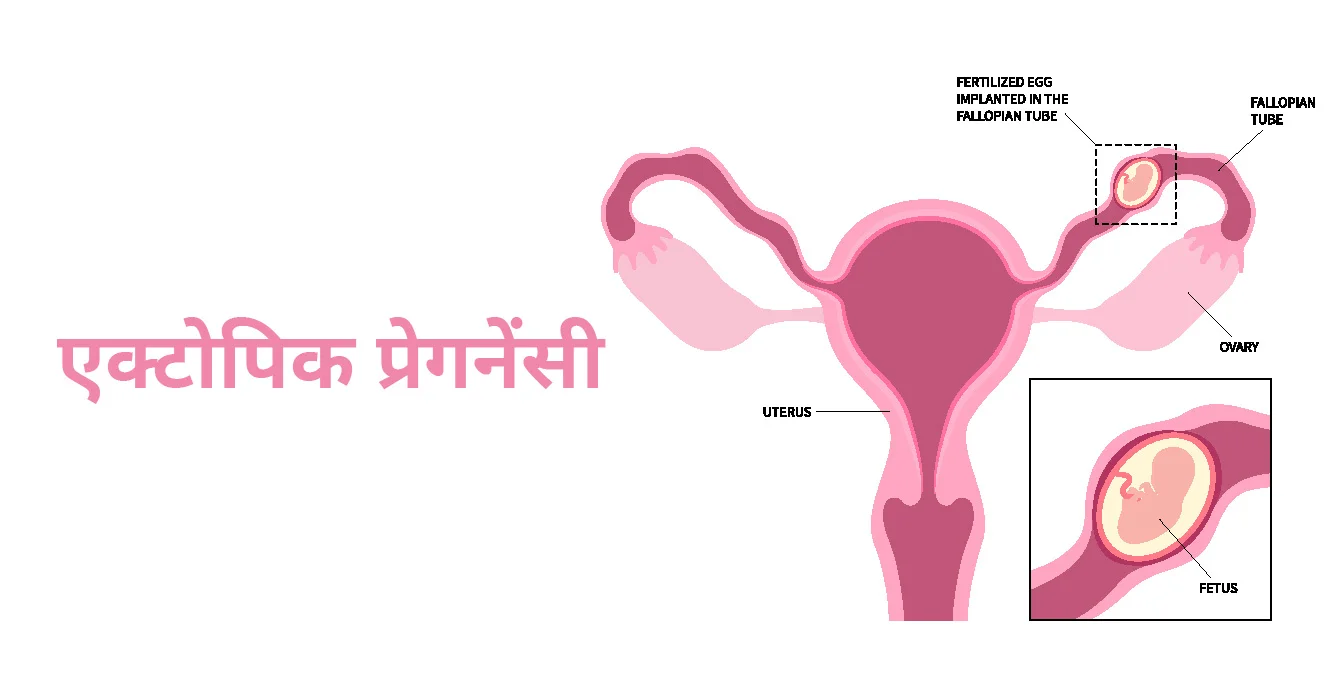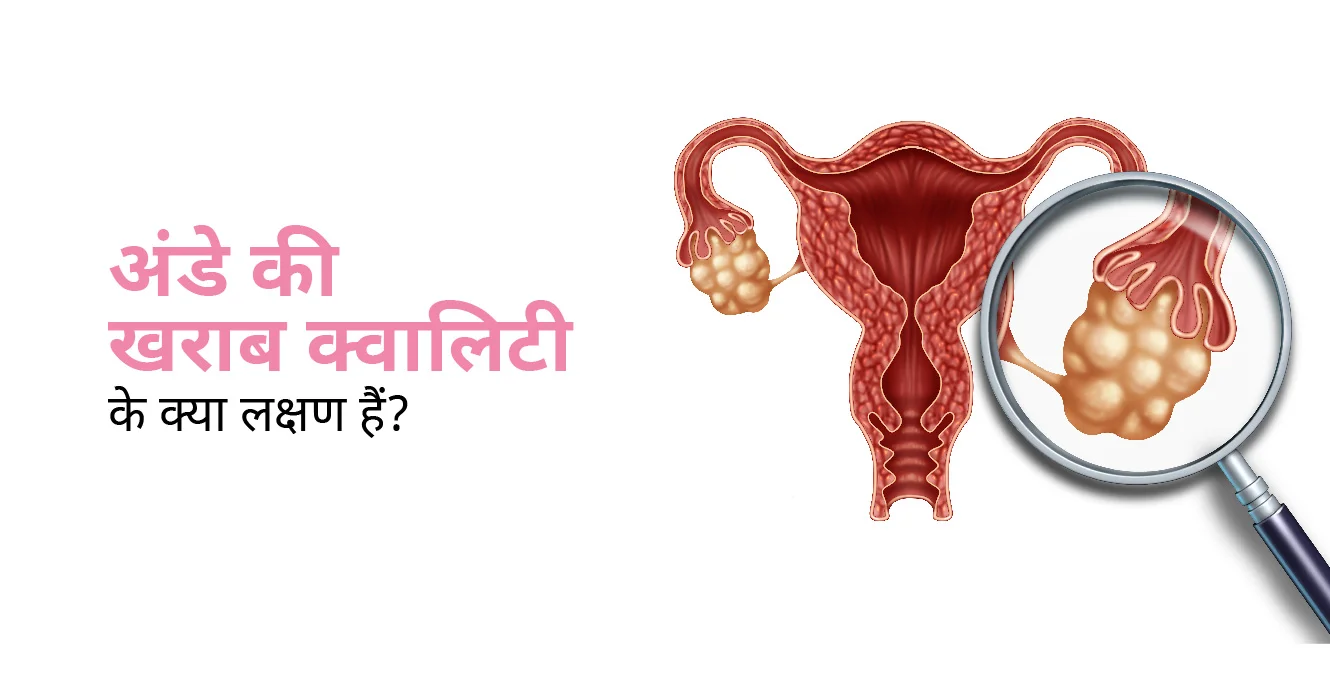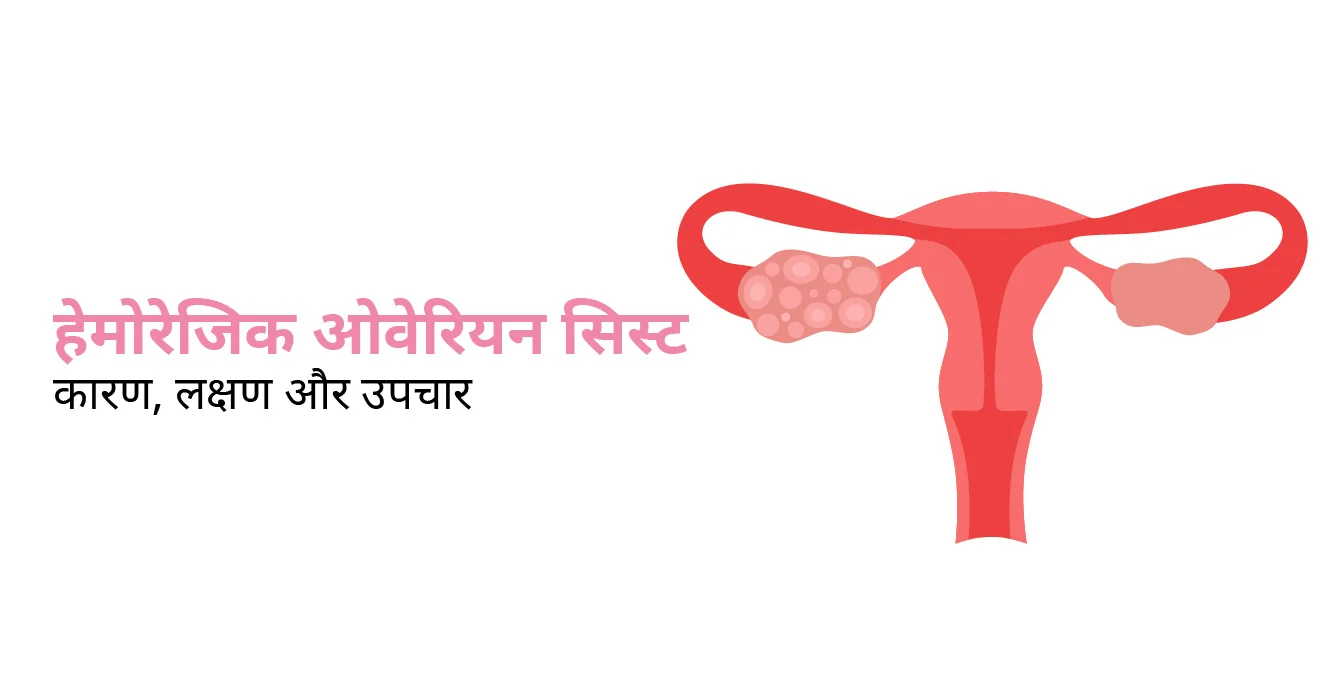What is female infertility?
Infertility is defined as an inability to conceive despite regular unprotected sexual intercourse for 1 year. It can either be due to female factor which constitutes 50-55% cases, male factor, 30-33% or unexplained in approximately 25% cases.
What causes female infertility?
For pregnancy to occur, several things have to happen:
- An egg must develop in the woman’s ovary.
- The ovary must release an egg each month (ovulation). The egg must then be picked up by one of the fallopian tubes.
- A man’s sperm must travel through the uterus to the fallopian tube to meet and fertilize the egg.
- The fertilized egg must travel through the fallopian tube and attach (implant) to the lining of the uterus.
Disruption in any of the above can cause female infertility.
Ovulation disorders
Ovulation disorders can disrupt the ovulation process. Some common disorders are:
- Polycystic ovary syndrome (PCOS). PCOS causes a hormone imbalance, which affects ovulation. It’s the most common cause of female infertility.
- Hypothalamic dysfunction. Two hormones produced by the pituitary gland are responsible for stimulating ovulation each month. Disruption of production of these hormones and affect ovulation. Irregular or absent periods are the most common signs.
- Premature ovarian failure. This disorder causes the ovary to no longer produce eggs, and it lowers estrogen production in women under the age of 40.
- Too much prolactin. The pituitary gland may cause excess production of prolactin which reduces estrogen production and may cause infertility.
Damage to fallopian tubes (tubal infertility)
Damage to the fallopian tubes keeps sperm from getting to the egg or block the passage of the fertilized egg into the uterus. Causes include:
- An infection of the uterus and fallopian tubes due to chlamydia, gonorrhoea or other sexually transmitted infections
- Previous surgery in the abdomen or pelvis
- Pelvic tuberculosis
Endometriosis
Endometriosis occurs when tissue that normally grows in the uterus implants and grows in other locations. This extra tissue growth — and the surgical removal of it — can cause scarring, which may block fallopian tubes and keep an egg and sperm from uniting.
Uterine or cervical causes
Several uterine or cervical causes interfere with implantation or increase the likelihood of a miscarriage:
- Benign polyps or tumours (fibroids or myomas) are common in the uterus. Some can block fallopian tubes or interfere with implantation, affecting fertility. However, many women who have fibroids or polyps do become pregnant.
- Endometriosis scarring or inflammation within the uterus can disrupt implantation.
- Uterine abnormalities present from birth, such as an abnormally shaped uterus, can cause problems becoming or remaining pregnant.
- Cervical stenosis, a narrowing of the cervix, can be caused by an inherited malformation or damage to the cervix.
- Sometimes the cervix can’t produce the best type of mucus to allow the sperm to travel through the cervix into the uterus.
How female infertility is diagnosed?
Your doctor may prescribe fertility tests based on your medical history. Fertility tests include:
Ovulation testing
An at-home, over-the-counter ovulation prediction kit detects the surge in a hormone that occurs before ovulation. A blood test for progesterone — a hormone produced after ovulation — can also document that you’re ovulating.
Hysterosalpingography
An X-ray is taken to detect abnormalities in the uterine cavity. If abnormalities are found, you’ll likely need further evaluation. In a few women, the test itself can improve fertility, possibly by flushing out and opening the fallopian tubes.
Ovarian reserve testing
A few blood tests and ultrasound is done to predict the ovarian reserve of a woman.
Another hormone testing
Other hormone tests check levels of ovulatory hormones as well as thyroid and pituitary hormones that control reproductive processes.
Imaging tests
A pelvic ultrasound looks for uterine or fallopian tube disease.
What are the treatment options for female infertility?
The doctor prescribes the fertility treatment based on a variety of factors because infertility, in itself, traces its causes to a multitude of risk factors. Other treatment considerations include financial situations as some of the treatments can be expensive.
Fertility Drugs
These drugs stimulate or regulate ovulation. These are the recommended treatment options for women with ovulation disorders. These drugs work like natural hormones that help with ovulation.
One can either use the fertility drugs to stimulate the pituitary gland to produce the hormones – follicle-stimulating hormone (FSH) and luteinizing hormone (LH) or use the drugs to directly stimulate the ovary to produce the eggs.
The risk of fertility drugs can cause ovarian hyperstimulation syndrome (OHSS) leading to swollen and painful ovaries. It can also cause multiple pregnancies
Reproductive Assistance
The most commonly used methods of reproductive assistance include:
- Intrauterine insemination (IUI). During IUI, millions of healthy sperm are placed inside the uterus close to the time of ovulation.
- Assisted reproductive technology- IVF. This involves retrieving mature eggs from a woman, fertilizing them with a man’s sperm in a dish in a lab, then transferring the embryos into the uterus after fertilization. IVF is the most effective assisted reproductive technology. An IVF cycle involves hormonal injections followed by retrieving eggs from the female body, combining them with sperms to form an embryo. These embryos are transferred back to the uterus.
Conclusion
If you are someone who is facing female infertility issues or may have similar conditions to female infertility, these all conditions are easily treatable, in case you have any doubt related to female infertility, you can book an appointment or call +91 124 4570078.


